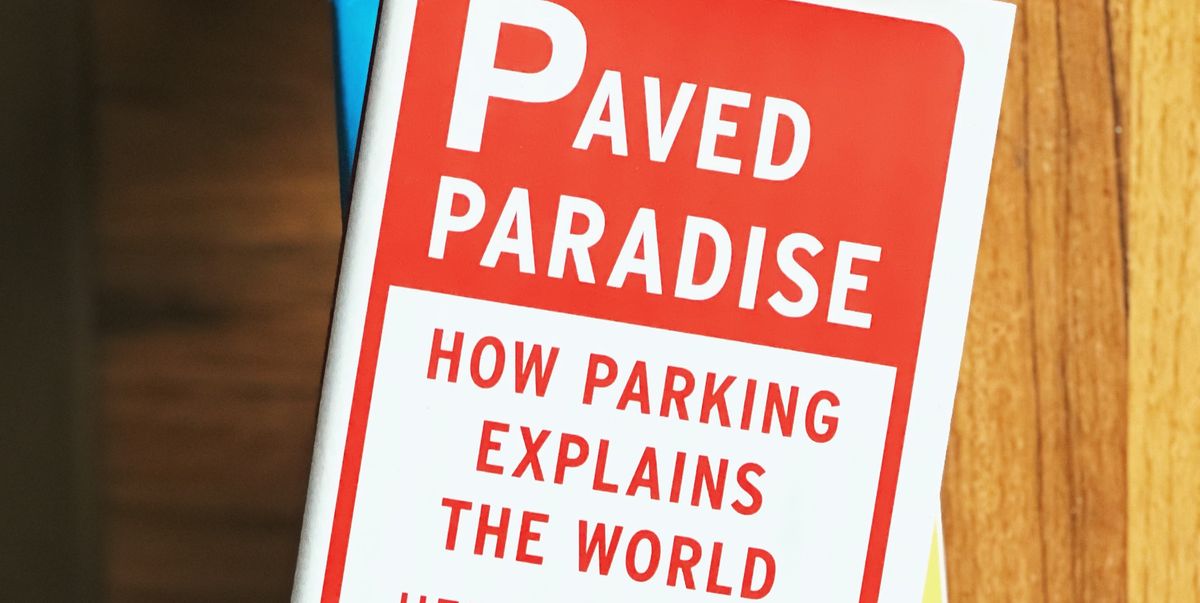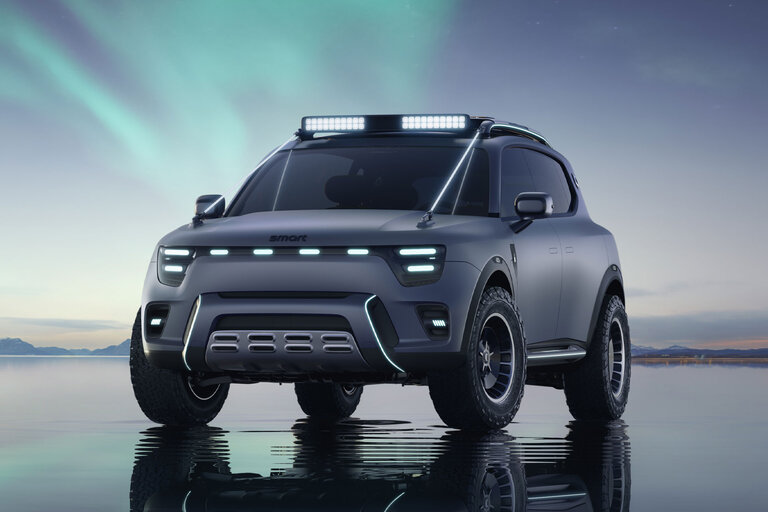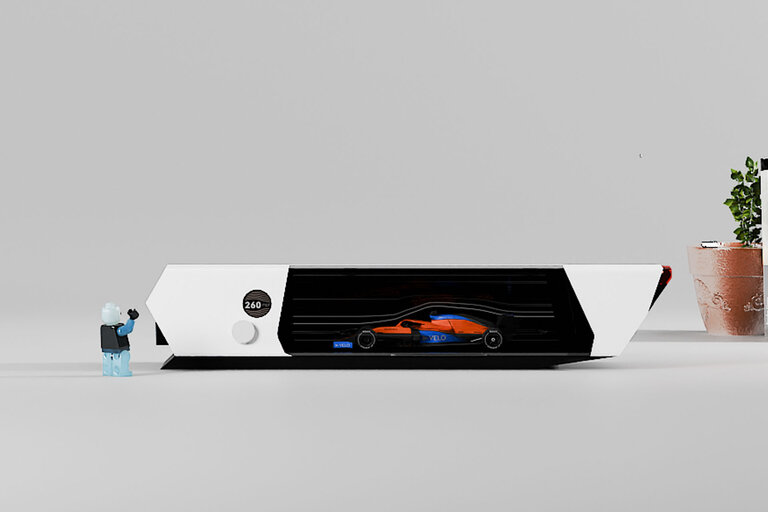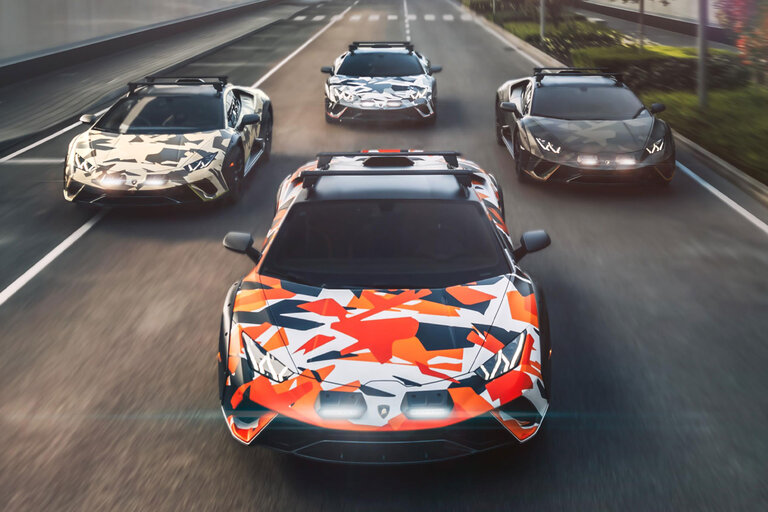
Henry Grabar is a journalist at Slate who writes about cities, focusing on housing, transportation, and the environment. As he pursued various stories over the years, he began to see a common, and counterintuitive, thread. “I was surprised to find that parking was a central part of a lot of different stories,” Grabar tells Car and Driver. Not just stories about cars. “Stories about gas, transit, public space, architecture, affordable housing, even about stormwater flooding,” he says. “Don Shoup, who is kind of the dean of parking studies, likes to say that whatever the question, the answer is parking.”
Because there wasn’t an accessible resource that looked at all of these topics in connection, Grabar decided to write one. The result is Paved Paradise: How Parking Explains the World (Penguin, $30). Insightful, well-researched, human-centered, and often humorous, it looks at how our antiquated national parking policies frequently create more problems than they solve. But Grabar’s narrative is not an anti-parking screed. It’s about how our changing world is finally adapting the parking status quo to be more hospitable to humans, as well as to those of us who love to drive. “I’m not anti-parking,” Grabar says. “I’m for a world of better parking.”
Parking Is a Beast
One of the core issues with parking in America is that there is currently too much of it. “There are at least three spaces for every car, possibly much more,” Grabar says. Parking is estimated to cover at least 5 percent of the land in the continental U.S., and as much as 1/3 of the land area in U.S. cities. All that pavement has deleterious effects: heating things up like a stygian monoculture, interrupting groundwater absorption, pooling and channeling leaky car runoff, and creating great expense in construction and maintenance.
“Stamford, Connecticut, right now is building a garage of its Metro-North commuter rail station that is costing more than $100,000 a stall,” Grabar says, outraged. “That’s way out of line with what people expect to pay for parking.” The cost of building the requisite surfeit of parking, as he illustrates in his book, is enough to forestall all manner of worthwhile projects, such as the creative reuse of old buildings and the construction of affordable housing.
All this paving is the result of a mid-century belief that, if enough parking existed for every car on the road, traffic congestion would be eliminated. It was thought, erroneously, that most congestion was caused by people searching for parking. But these ideas were codified in construction and planning codes, leaving us with zillions of acres of pavement, and design that privileges, or even requires, driving for every trip. “By creating more parking, you created all these incentives for people to drive,” Grabar says. It’s kind of like attempting to solve the obesity epidemic by manufacturing increasingly bigger belts.
Compounding the issue is the fact that parking is not well distributed, and the cost of it is not set properly. This is particularly true in cities, where parking garages—where people tend to store their cars long term—are prohibitively expensive, while on-street spaces, where people desire short-term storage, are inappropriately cheap. A better parking system might reverse these.
“In the last 10 years, San Francisco repriced all its streets and parking garages in the aim of making it easier to park,” Grabar notes. “On the streets where parking was scarce, they raised the meter fee quite a bit. And they lowered the prices at the garages further from the center.” The result was a rebalancing. People who wanted to park for longer amounts of time chose the further away and more affordable locations. And people who were interested in buying a shorter amount of time chose the convenient but pricier locations closer to their destination, which now were more often available, because they were priced more in accordance with their desirability and use case.
“I think that if people were given a choice, would you rather have a parking space when you need it, where you need it, for a small price, or would you rather circle endlessly looking for cheap parking spaces, and not know when you’re going to find one?” Grabar asks. “I think many people would choose the former option.”
A Shift in Urban Parking Culture
The recent take-back of urban parking spots for public uses such as outdoor dining, bike lanes, pedestrian plazas, and delivery vehicle loading zones—all of which can generate direct and indirect income for cities—has begun to yield a shift in parking codes, as has the use of ride-sharing apps. “A lot of places used to require a ton of parking for bars, which on its face is just kind of absurd; you’re ensuring that everybody who’s going out to get drunk is going to drive,” Grabar says. “The rise of ride-hailing has given planners cover to change those rules and say, you know what, a lot of people are going to choose to get a ride to and from the bar, and we should encourage that choice. In fact, maybe we should actually encourage bars to open up in places where parking is limited.”
Parking has significant repercussions for automotive enthusiasts as well. “I would generally say that sprawl in this country has been a negative development for the joy of driving,” Grabar says. “We’ve lost a lot of open land and beautiful country roads to suburban development.”
This is exemplified in a story he tells about the New Urbanist town of Seaside, Florida, which was constructed with an old-fashioned small-town design, featuring denser housing around a walkable or bikeable central business core, making errand running or going out less dependent on the automobile. He recently spoke to Andrés Duany and Robert Davis, the planner and developer of Seaside, respectively. “They’re both car heads. They both love to drive,” Garber says. “And they were saying that one of the attractive things about New Urbanism to them was you could actually preserve more of the surrounding landscape and get more people out of their cars, leaving more space and more freedom on the roads for them.”
Park less. Drive more. Sounds like our sort of motto.
Contributing Editor
Brett Berk (he/him) is a former preschool teacher and early childhood center director who spent a decade as a youth and family researcher and now covers the topics of kids and the auto industry for publications including CNN, the New York Times, Popular Mechanics and more. He has published a parenting book, The Gay Uncle’s Guide to Parenting, and since 2008 has driven and reviewed thousands of cars for Car and Driver and Road & Track, where he is contributing editor. He has also written for Architectural Digest, Billboard, ELLE Decor, Esquire, GQ, Travel + Leisure and Vanity Fair.
#Paved #Paradise #Examines #Outsize #Role #Parking #America
Source link






